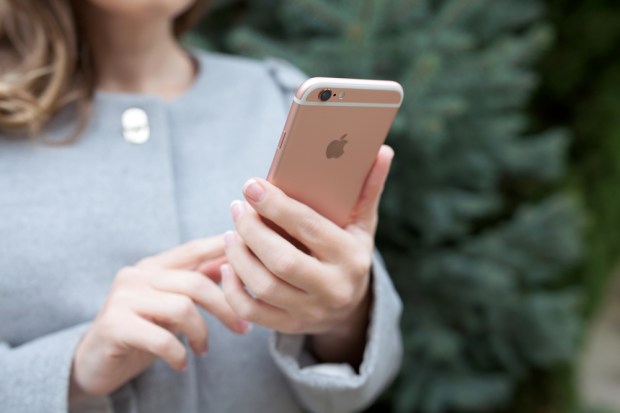This Week In Apple History: The Move That Led To Touch ID

If you are looking at your iPhone and feeling the full pull of the nostalgia this week, perhaps your soul is quietly celebrating the fourth anniversary of Apple’s acquisition of the firm behind Touch ID (AKA the feature that makes Apple Pay use possible).
For a bargain rate of $356 million, Apple grabbed up AuthenTec’s hardware, software and patents.
And with those patents, team Apple started work on building the Touch ID we all know and love today.
In the immediate term, Apple engineers started working to build Touch ID sensors into the iPhone 5s. Longer term, AuthenTec’s mobile wallet tech paved the way for Apple Pay.
AuthenTec was not the only firm developing such tech, and actually it was rough sailing for awhile with embarrassing incidents abounding. But once the products were working? Motorola, Fujitsu and Apple all wanted to buy it — and Apple won out.
“The biggest thing Apple gets out of this is probably a strong play for using biometrics for identity in general — for online and brick-and-mortar purchases, for logging into websites and even for digital signatures,” Cult of Mac wrote at the time of the AuthenTec acquisition.
Flash forward a year and Touch ID is a signature feature of the Apple platform, having been a part of every phone since the iPhone 5s. In that time, its sensors have gotten an upgrade, it has jumped to the iPad as well as the phone, and someday soon it is likely to show up on the Mac computers we all know and love. There has even been some recent suggestion that going forward, the Touch ID button could be phased out in favor of fingerprint sensing pixels build right into the phone screen itself.
So, when you got to pay the Apple way, order something in-app or even just unlock your iPhone, remember, without a little tech firm that once embarrassed itself in front of the CEO of IBM, none of it might have happened.
